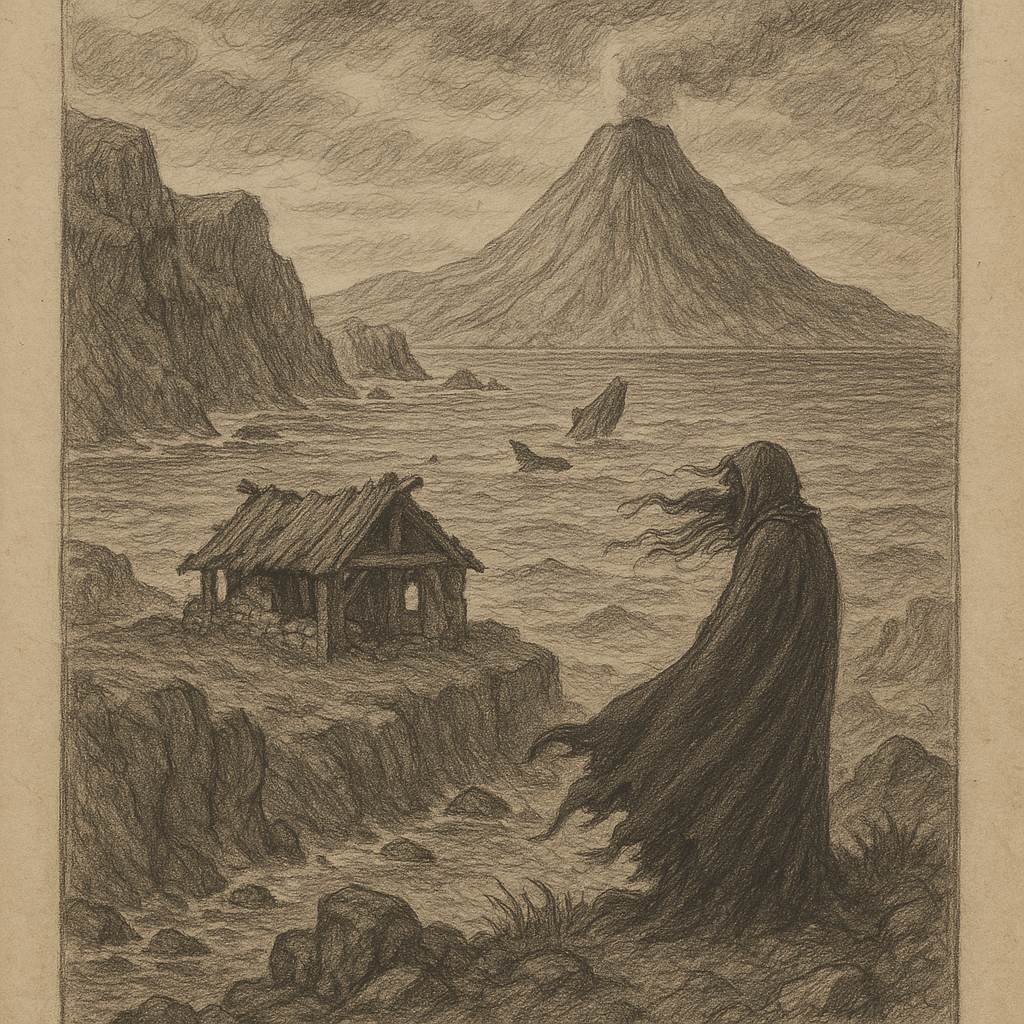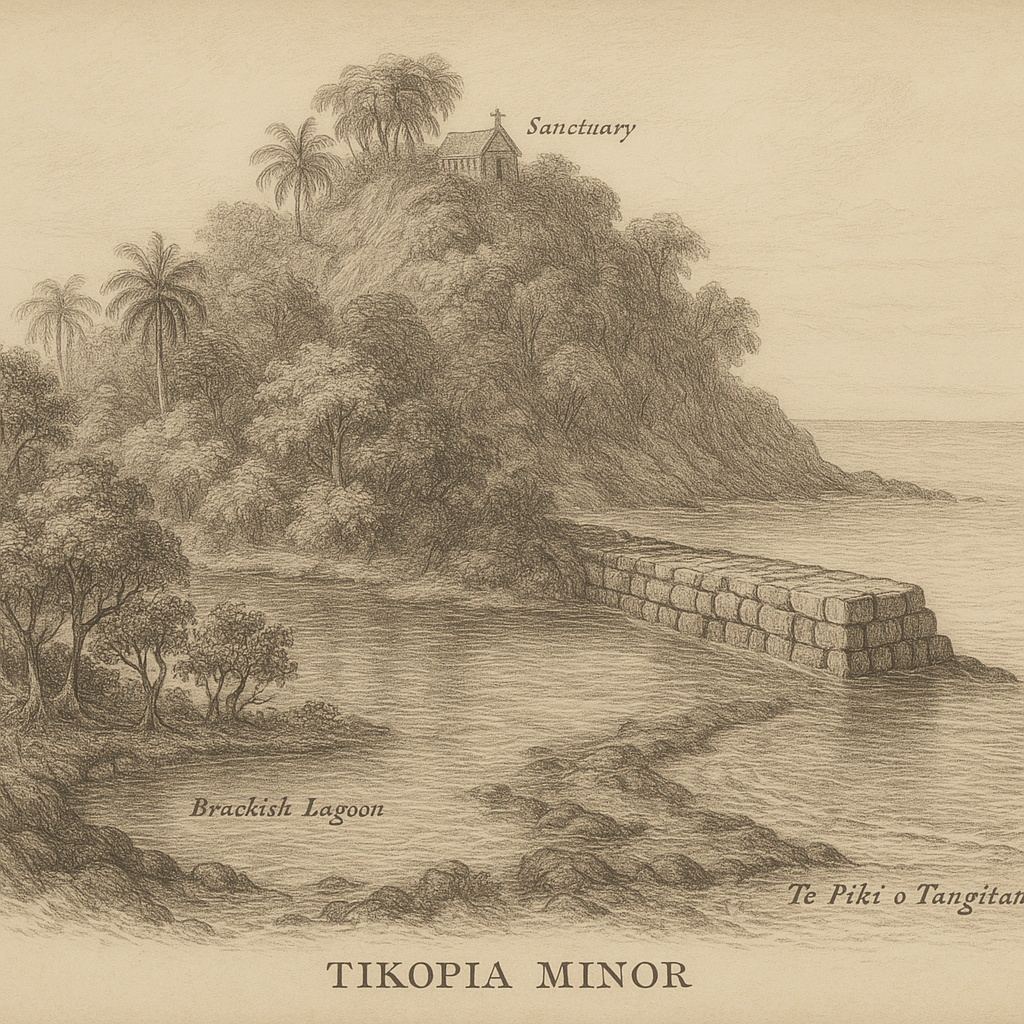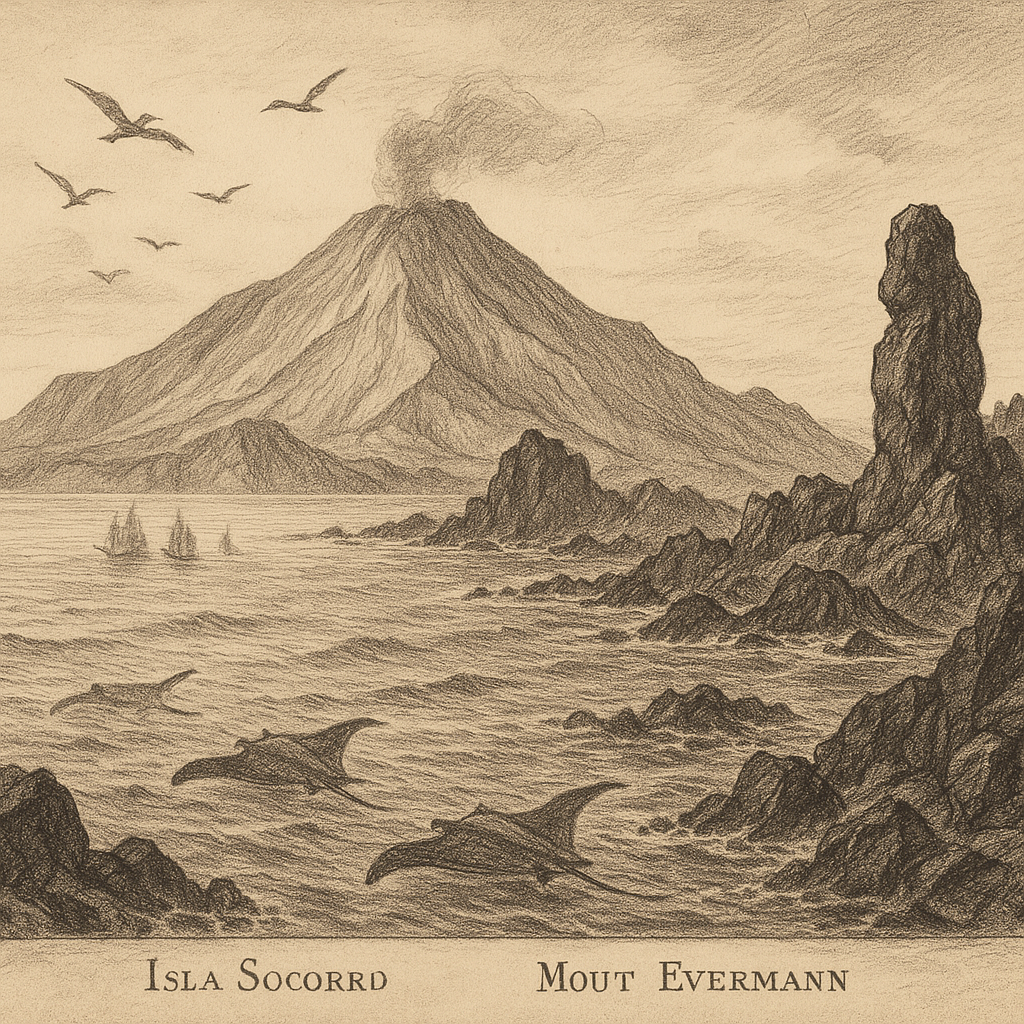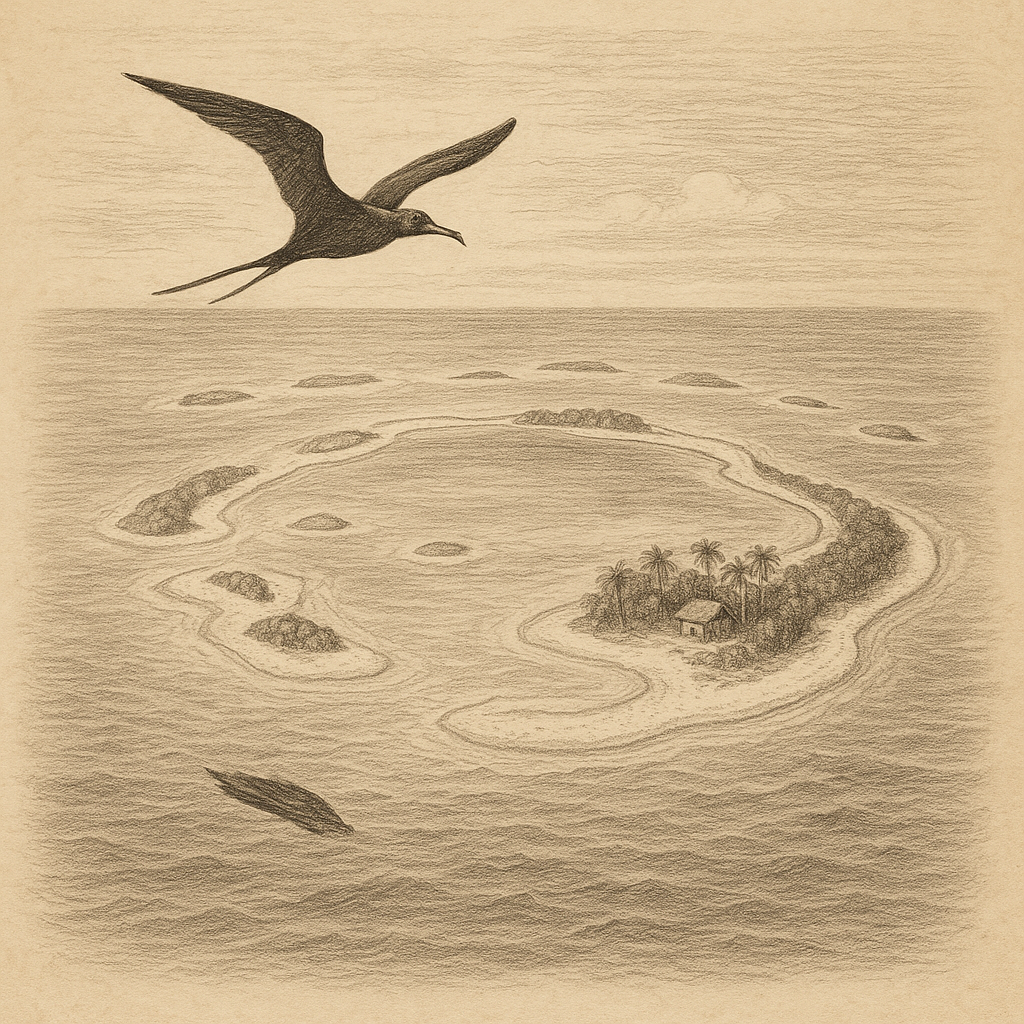Vorvaň Island: A Forgotten Jewel of the Northern Ocean Vorvaň Island is a remote and mysterious landmass located deep within the northern reaches of the North Atlantic Ocean. Largely untouched by modern civilization, it has garnered the curiosity of adventurers, scientists, and storytellers alike. Despite its solitude and inaccessibility, Vorvaň Island offers a compelling blend of geological marvels, unique wildlife, climatic interest, and rich local folklore. Location and Geographical Overview Situated approximately 1,200 kilometers off the coast of Norway and more than 1,500 kilometers from Iceland, Vorvaň Island forms part of a little-known subarctic island chain that is geologically active and sparsely documented. Measuring around 18 square kilometers in area, the island features dramatic cliffs, glaciated plateaus, and a singular volcanic peak—Mt. Torden, which rises to an altitude of 732 meters above sea level. The island lies along a lesser-known tectonic divide between the Eurasian and North American plates. This location contributes to moderate seismic activity and occasional geothermal phenomena on the island’s southern shores. Volcanic rocks, fumaroles, and hot springs can be found scattered throughout the terrain, testifying to the island’s fiery origins. Climate and Isolation Vorvaň Island experiences a stark subarctic maritime climate. Winters are long and harsh, with heavy snowfalls and near-constant cloud cover between November and March. Summers are brief, bringing reflective tundras, meltwater lakes, and bursts of rare alpine-flowering plants. Average annual precipitation is around 1,700 mm, and temperatures rarely climb above 10°C, even in the warmest months. Because of its remote location and extreme weather conditions, Vorvaň Island remains inaccessible for most of the year. Reaching the island typically requires a special ice-class research vessel equipped to navigate the surrounding drift ice and turbulent seas. There is no harbor on the island, and landings must be carefully timed with both tide and weather. Wildlife and Biodiversity Despite its remoteness and hostile environment, Vorvaň Island supports a surprisingly rich range of flora and fauna. Most notable are the large seabird colonies nesting along the island’s towering cliffs. These include puffins, fulmars, and the elusive ivory gull. The island has been designated an internationally significant seabird breeding ground. Marine life in the surrounding frigid waters is equally abundant. Regularly spotted are pods of orcas, narwhals, and blue whales—leading some historians to propose that the island’s name, “Vorvaň,” (derived from a Slavic word for sperm whale) reflects ancient whaling sightings in the area. On land, tundra foxes and a genetically unique subspecies of arctic hare can be found. The island’s vegetation consists primarily of mosses, lichens, and dwarf shrubs. Interestingly, there are several biologically isolated fern species found only on Vorvaň, thought to have arrived via bird migration centuries ago. Human Presence and Exploration Vorvaň Island has never been permanently inhabited, but archaeological surveys indicate that Norse explorers may have visited its shores during the 9th or 10th century. Traces of stone tools and primitive shelters reminiscent of Viking structures have been discovered on the western plateau. A weather station briefly functioned there during the 1960s Cold War era but was later abandoned due to logistical challenges. Today, the island is designated a restricted ecological zone. Occasional scientific expeditions are granted permits to study its unique biota and geological features. In 2020, a joint Norwegian-Canadian marine biology team conducted a successful three-week survey and documented several previously unknown plankton species in the surrounding trenches. Interesting Facts About Vorvaň Island – Vorvaň Island’s underwater slope plunges 3,200 meters into what is informally known as the “Whale’s Throat Trench”—a drop named by oceanographers after the observed high population of deep-diving cetaceans. – The island remains ice-capped throughout most of the year, with only two brief thawing periods—usually lasting less than 45 days. – A species of phosphorescent fungus discovered in the island’s central cave system, dubbed Luminis vorvanii, emits a faint green-blue glow and is currently under study for its potential applications in bio-luminescent technology. – Satellite thermal imaging has revealed that Mt. Torden may still be gradually heating internally, indicating a dormant, not extinct, volcanic system. – Because of the windswept nature of the landscape, Vorvaň Island lacks any trees; instead, it features unique “wind forests” made up of low-lying, horizontally growing shrubs. Legends and Lore No article about Vorvaň Island would be complete without mentioning its enthralling legends. Among Northern fishing communities, the island has long been referred to as “Drømmenes Øy,” or “The Island of Dreams.” According to a centuries-old tale passed down among Sami seafarers, Vorvaň is the final resting place of Einar the Sea-Walker, a mythical figure said to have traversed the oceans on foot using spells carved into whale bones. It is believed his runestones are hidden in the island’s deepest cave. Another legend tells of the “Vorven,” a ghostly woman dressed in seaweed with glowing eyes, who is said to appear during winter solstice storms to watch over passing ships. Sailors feared her gaze could freeze a man mid-thought or seal the soul of the drowned into the bedrock. Though no such phenomena have been credibly recorded, several expeditions have reported strange compass anomalies near the island and “aural mirages”—sounds that appear to emerge from the surrounding air without visible sources. In the local oral traditions collected during early 20th-century linguistic expeditions, there is even mention that Vorvaň Island disappears for several weeks each year, cloaked in a fog so dense that radar systems fail and compasses spin aimlessly. While scientists attribute such phenomena to intense magnetic interference from geothermal activity, the island’s mythic allure endures. Conclusion Vorvaň Island continues to captivate imaginations and scientific interest alike. With its stark natural beauty, unique ecological niche, and deep-seated lore, it represents an invaluable part of our planet’s remaining frontiers—inviting responsible exploration and admiration. As access remains heavily restricted and its ecosystems remain fragile, the enigmatic island persists in quiet solitude, suspended between myth and science.

Vorvaň Island
Do you like my work? Buy Me A Coffee
Do you like my work? Buy Me A Coffee
-

Tikopia Minor Central Island
Tikopia Minor Central Island: A Hidden Gem in the South Pacific Tikopia Minor Central Island is one of the tiny, remote landmasses that form part of the Solomon Islands archipelago in the South Pacific Ocean. While its larger counterpart, Tikopia, has gained a modest reputation for sustainable living and ancient traditions, Tikopia Minor Central Island…
-

Isla Socorro
Isla Socorro: Mexico’s Remote Pacific Outpost Isla Socorro, formally known as Isla Socorro del Archipiélago de Revillagigedo, is the largest of the four volcanic islands that make up the Revillagigedo Archipelago in the Pacific Ocean. Located approximately 600 kilometers southwest of the southern tip of the Baja California Peninsula, this isolated and captivating island offers…
-

Suwarrow Island
Suwarrow Island: A Remote Atoll of Mystery and Wildlife Suwarrow Island, also spelled Suvorov or Suvarov, is a remote coral atoll in the northern Cook Islands in the South Pacific Ocean. Almost entirely uninhabited for most of its history, Suwarrow is famed for its natural beauty, rich marine biodiversity, and the legends that surround it.…
by
Tags: